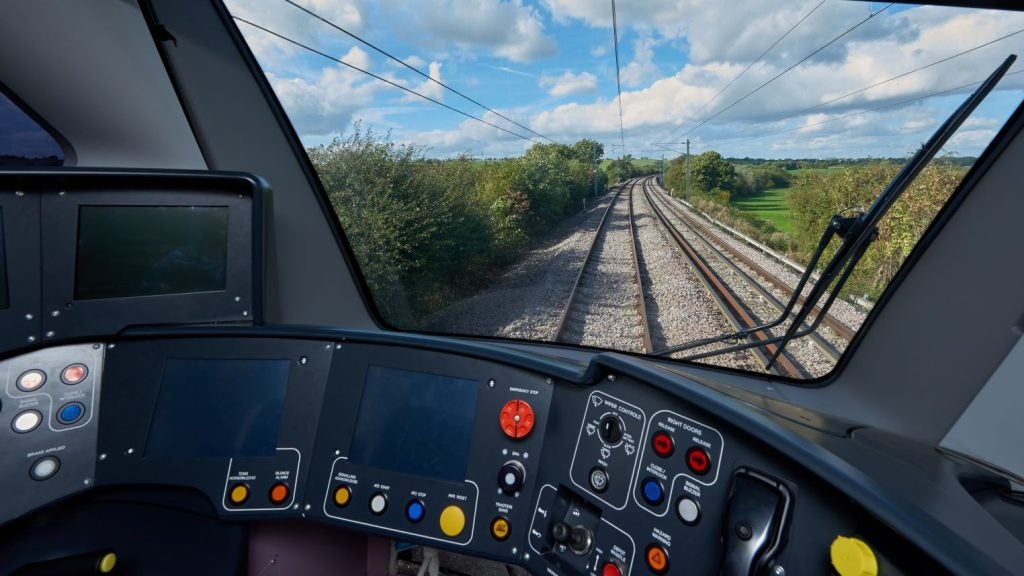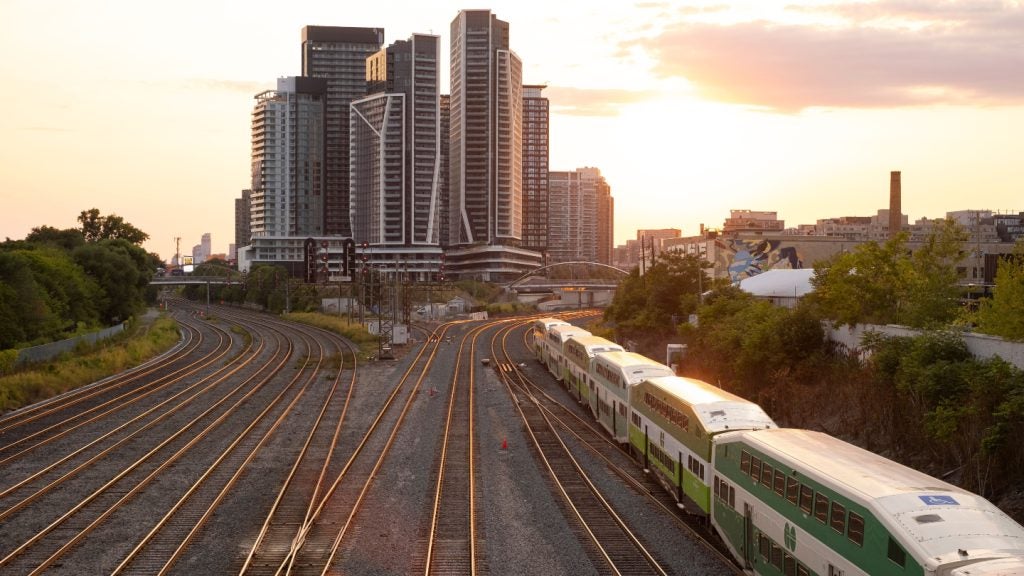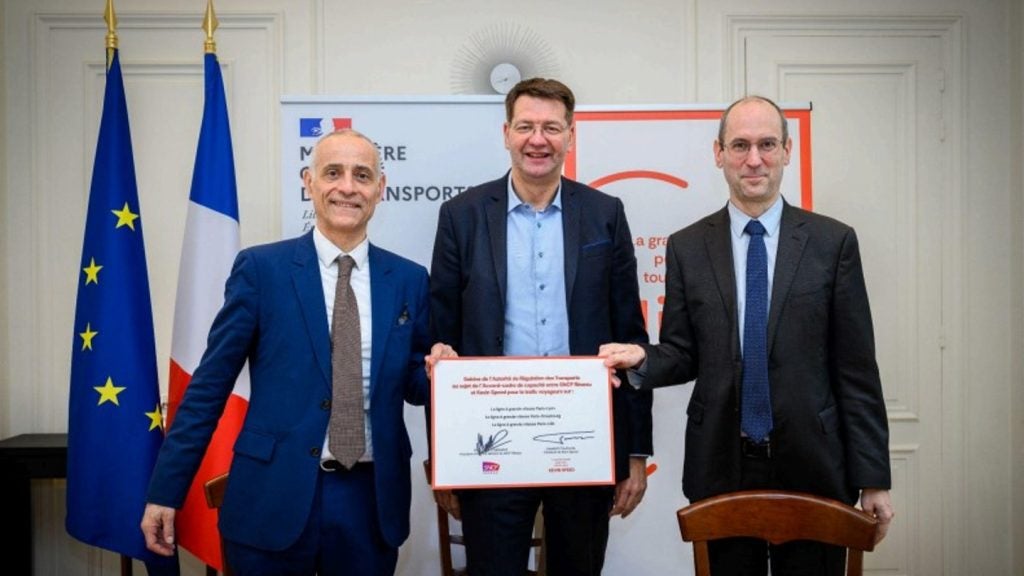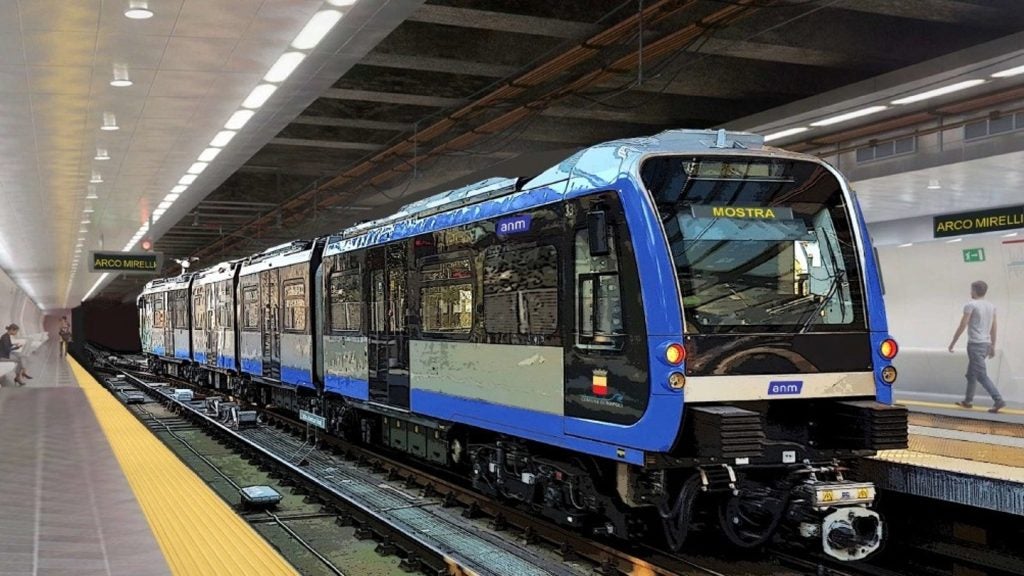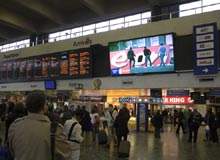
Billboards and posters at railway stations and onboard trains are often the envy of many advertising agencies. Capable of reaching a vast audience each day, the sheer number of adverts at certain rail ‘hotspots’ can sometimes reach saturation level. The logic behind introducing digital screens which are not only capable of displaying between six and ten adverts per minute, but can also offer vital passenger information, therefore seems a simple one.
After experiencing a stuttering growth within the rail sector, particularly on board the trains themselves, the costs and complications of implementing digital signage have in the past deterred both rail operators and advertising agencies. Neither, however, has denied the overwhelming potential of the technology. With more affordable electronic screens entering the market, combined with a number of industry success stories, it is only a matter of time before the concept becomes a standard feature within the rail sector.
The digital age
The DailyDOOH is an online resource aimed at providing in-depth analysis on the world of digital signage. Its editor-in-chief, Adrian Cotterill, believes the industry is starting to overcome some of its initial teething problems with the rail sector.
“Certainly, a lot of digital signage is now starting to appear in the UK,” he says. “A couple of years ago, introducing screens on railway carriages and platforms was seen as the thing to do. However, installing screens solely based on third-party advertising revenues was perhaps not the best way forward. The industry has now identified that and progressed since.
See Also:
“We are also starting to see a number of companies implementing new trains or systems with screens already installed. It makes sense to introduce digital screens in this fashion, like in Shanghai and Hong Kong where digital signage has become a prominent feature, as the systems are built in as standard.”
How well do you really know your competitors?
Access the most comprehensive Company Profiles on the market, powered by GlobalData. Save hours of research. Gain competitive edge.

Thank you!
Your download email will arrive shortly
Not ready to buy yet? Download a free sample
We are confident about the unique quality of our Company Profiles. However, we want you to make the most beneficial decision for your business, so we offer a free sample that you can download by submitting the below form
By GlobalDataAlthough the technology is still relatively costly, digital signage equipment has experienced a fall in market price over recent years and Cotterill predicts this trend will continue.
“Digital screens and LED prices are falling all the time, especially in regards to the big panels,” he says. “Currently, there is a boom in the production of LEDs from Chinese manufacturers in order to meet the demand of the 2008 Olympic Games. Once the tournament is complete, the screens are likely to be sold on and production rates will continue, thus bringing market prices down.
“We expect to see an acceleration of large LED billboards on station platforms after December of this year.”
Digital signage already implemented in the UK is done so predominantly for advertising purposes. Controlled and sold by major outdoor advertising agencies such as Titan and CBS, the screens can potentially generate substantial revenue for rail services which naturally take their share of the profits. According to Cotterill, the reasons behind its marketing value are threefold.
Firstly, digital signage is able to offer ‘instant customer message – action’, whereby adverts can be immediately uploaded onto the screens. Advertising campaigns are generally planned around a two week cycle, but the instant nature of digital screens can reduce this period to hours or even minutes.
Second, a strategy called ‘day parting’ enables brands to market products according to the time of day, therefore catering to the type of audience passing by.
Finally, the use of ‘rotation’ means advertising agencies are able to sell multiple brands on one board. “What we have witnessed in the last six to nine months is that companies have begun to understand that adverts displayed on digital signage should last from seven to ten seconds in length,” adds Cotterill.
“This new industry standard means that in the space of a minute a railway platform can display around six different brands to the audience.”
A bright idea
As the company responsible for many of the mammoth LED screens at London’s major rail stations, Titan Outdoor has high hopes for the future of digital signage.
In 2001, the independent outdoor contractor launched its network, Transvision. What started as one lonely oversized LED screen at Victoria station went on to become a network of 18 screens in 17 rail locations spread throughout the UK.
Transvision is capable of displaying news programming and advertising, but as manager Robert Hood reveals, the network’s rise has not been a straightforward one.
“Transvision runs fresh news which initially produced a lot of technical hurdles for broadcaster ITN – the original company we launched with,” says Hood. “At the time there were no animated adverts so we also had to work in conjunction with the agencies to encourage their development. Despite this and the dotcom crash we have since continued to grow every year but one and during 2008 will be adding over 100 digital ‘six-sheet’ screens across the UK rail network. UK rail audiences have increased by 8% in the last year to around 12 billion and Titan accounts for 86% of passenger journey, so this is significant business.”
Significant business it may well be, but the current cost surrounding digital screens has so far restricted a presence solely to the UK’s busiest passenger terminals. Notably, digital signage has in recent years emerged within the passenger walkways of the London Underground, a network operated by advertising solutions provider CBS Outdoor. The company’s commercial director Jason Cotterrell has few illusions regarding the widespread feasibility of the technology.
“We expect digital to expand in areas where there are a lot of people and there is a challenge to obtain more outdoor space,” explains Cotterrell. “CBS Outdoor deals with all advertisers on the London Underground, London buses, the Docklands Light Railway and Croydon trams. We have developed a great deal towards digital signage in recent years, with the creation of our digital network team ‘Alive’.
“However, digital signage still represents only 15–20% of our overall revenue. We are going to spend over £18m on digital signage this year, but to put that in context, we will also be spending the best part of £56m on standard poster signs.”
CBS Outdoor’s wireless-operated digital signage network implemented on the London Underground has custom-built screens that comply with heat and fire regulations. Adding ambience to the passenger experience, it is easy to envisage the potential such screens could also have in the event of an emergency. Yet, the issue is one that merges the line between the responsibility of the rail service and the advertising contractor.
“Everybody from the rail operators to advertising companies and the passengers themselves can see the need for having digital signage that displays real-time safety alerts and passenger information,” notes Cotterrell. “However, the railway companies feel advertising agencies should cover all the costs and I believe there will not be any large-scale real-time digital passenger displays until companies share the burden of the cost.”
In the fast lane
Another digital signage opportunity trailing behind its potential is on-board programming within train carriages. As sensitive digital equipment, the technology is hardly best suited to the demands of a fast-moving train and careful selection of content and sound is required so as not to infringe on passenger privacy.
Both of these factors have strongly hindered interest in the concept and success stories have been few and far between in the UK.
As always, there is an exception to the rule and Heathrow Express has proved industry insiders wrong.
The service has taken advantage of its high-end customer base by providing an on-board programming system that has become an integral part of its operations. As an air-rail link, Heathrow Express screens can provide essential airline information on the outbound journey and useful tourist facts about London for the inbound leg.
Introduced with the service in 1998, the digital channel has since evolved into a wireless network which can upload content both at the train’s central station and at its depot. Graeme Hay, commercial manager of Heathrow Express, believes there are two main reasons why it has succeeded where other rail operators have failed.
“The demographic of this route means it is one of the most exclusive places in the UK to advertise,” he says. “More than anything is the investment and emphasis we place on the content and delivery of the channel, Express TV. This is perhaps where other on-train TV deployment has failed in the past – because the content has not been tailored to the passengers.”
Continuing its pioneering streak, the service last year launched in-tunnel advertising. The futuristic concept is the first of its kind in Europe and involves the use of LED screens to display advertising actually in the rail tunnel. The passenger views a 15-second advert outside the window of the carriage while the train is passing through the tunnel.
“As a rail operator and a media broadcaster I would like to think we are pioneering,” adds Hay. “We ensure innovation is placed across our entire media portfolio.”
Examples such as Heathrow Express and the growing businesses of outdoor media agencies such as CBS and Titan suggest digital signage has made great strides within the rail sector in recent years. With brands also developing a greater understanding of the ways in which digital advertising can target rail passengers, interest in the concept looks set to continue, particularly if digital signage equipment prices continue to fall.



